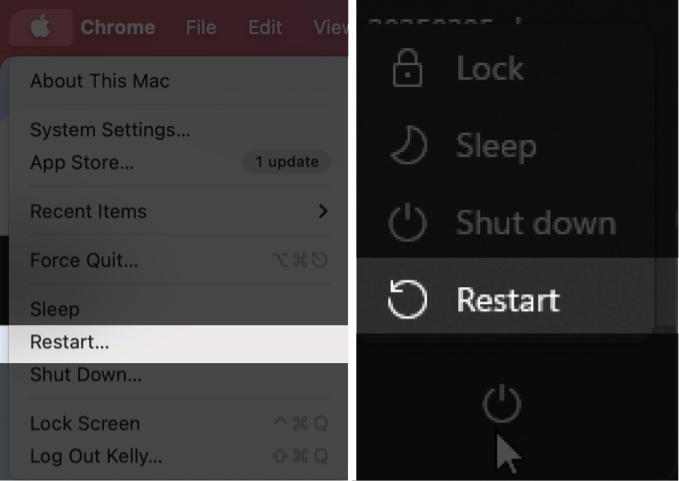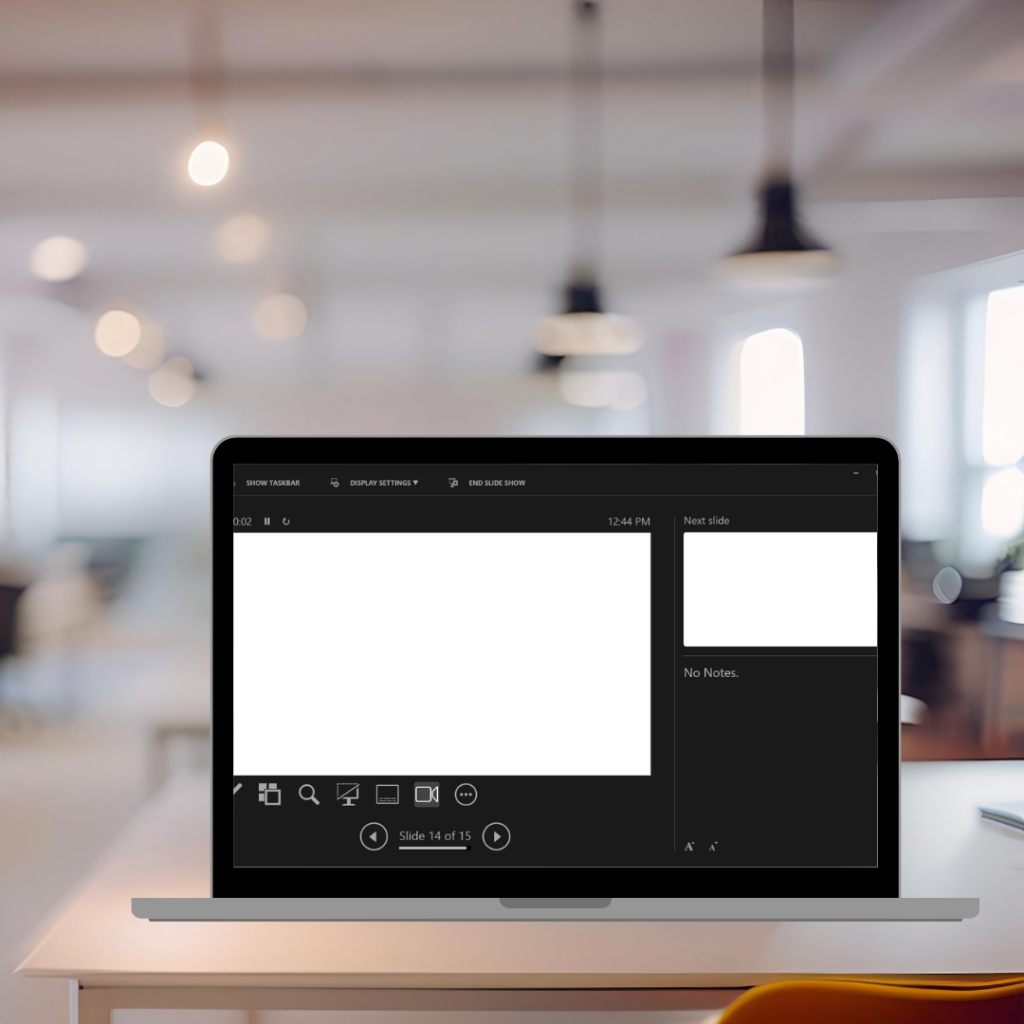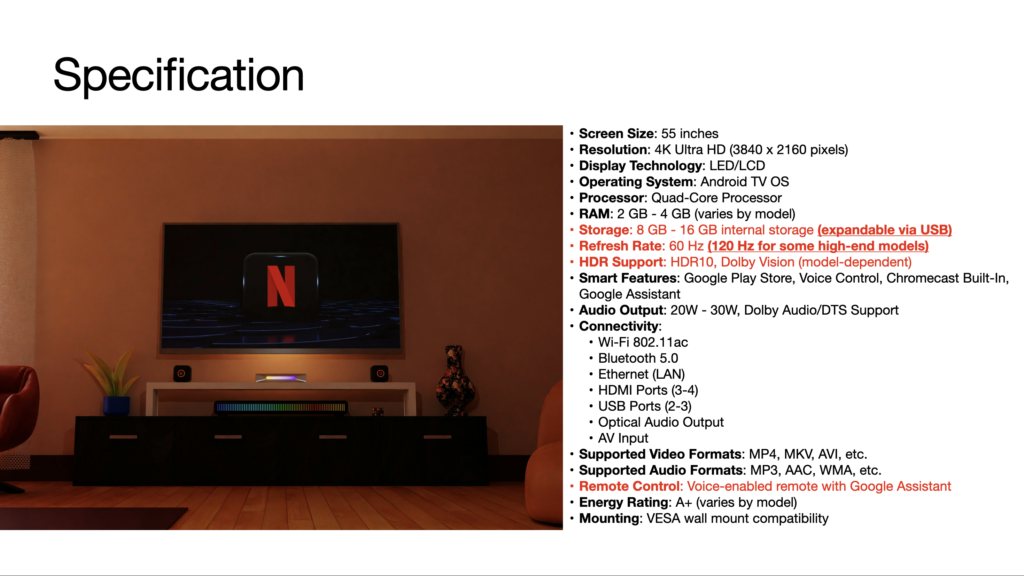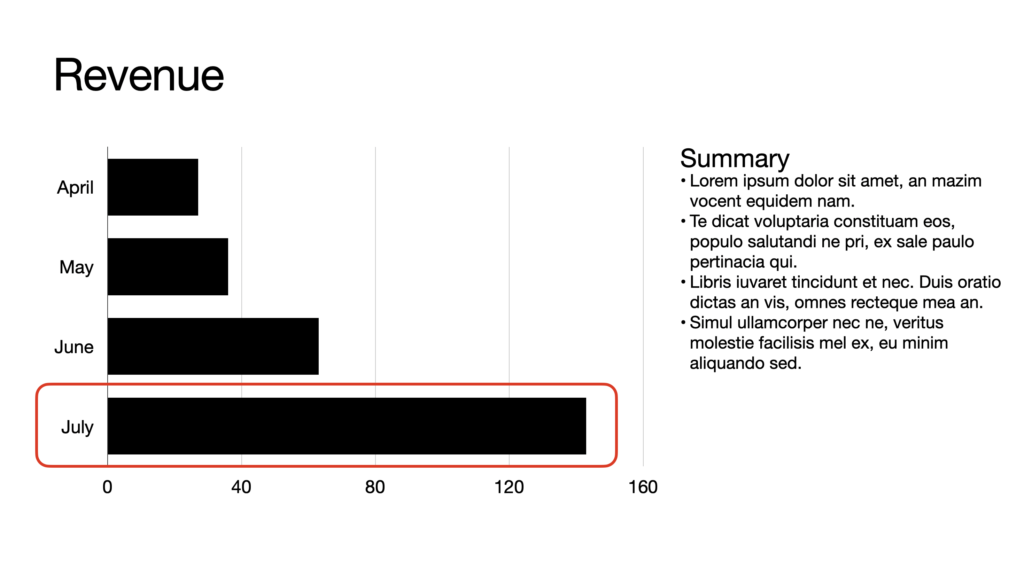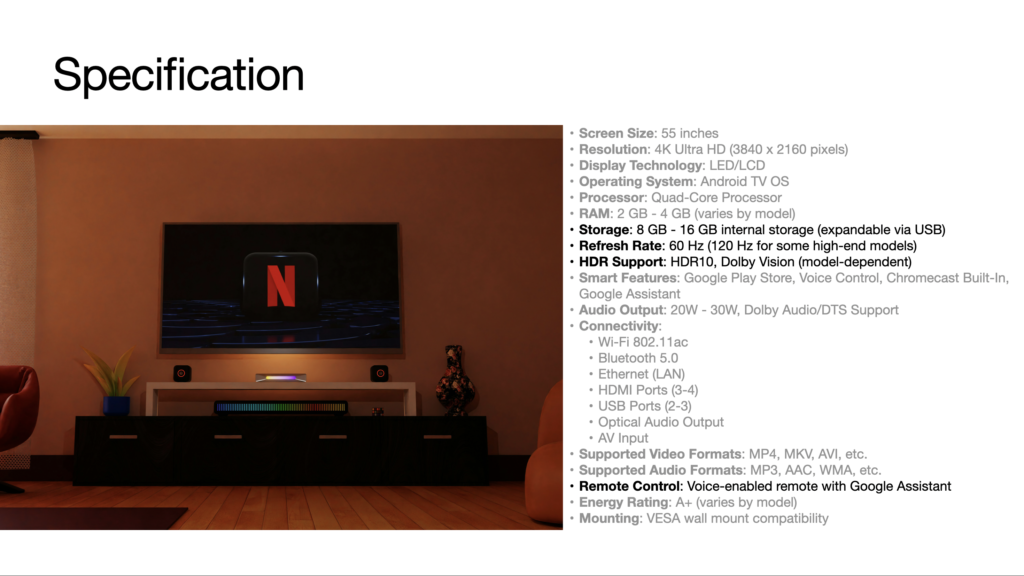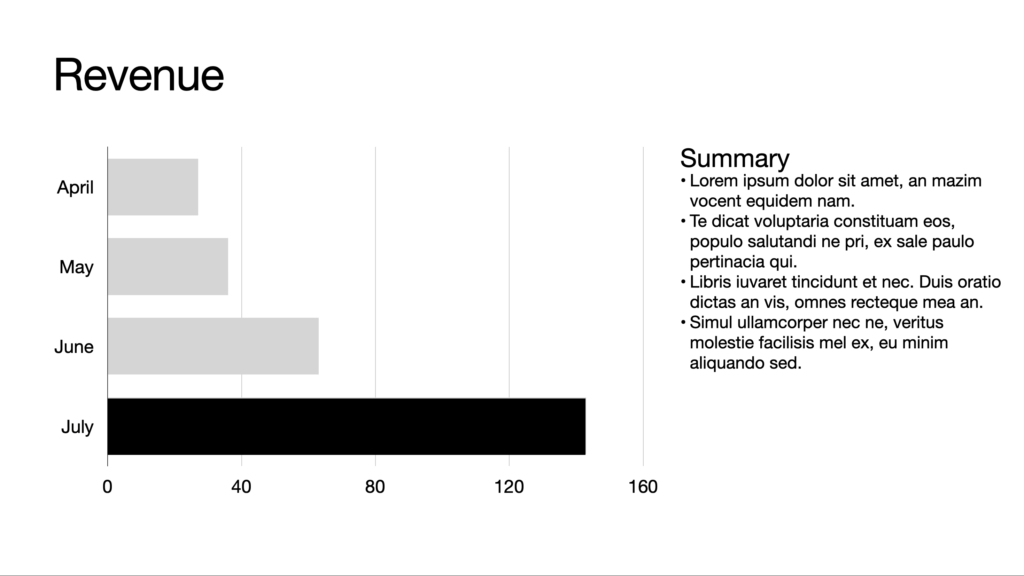Nancy Duarte’s book, Resonate, maps out the rhythm for an effective presentation with the idea of sparkline. It diverges from the conventional understanding of rising action, climax, and falling action. It’s more true in most business presentation as the products or solutions are not that different and audience lacks patience to build up the climax.

Some tactics to build the what could be and the what is.
| WHAT-IS | WHAT-COULD-BE |
| – Pain point – Background information – Introduction to sections | – Product demo – Videos – Key feature – Advantage over competition |
In most situation, the what-could-be are known facts, the so start with that. Begin with arranging the sequence of what-could-be appearances, then figure out making the what-is later. It’s often easier to create the relative low point than the highlight.
